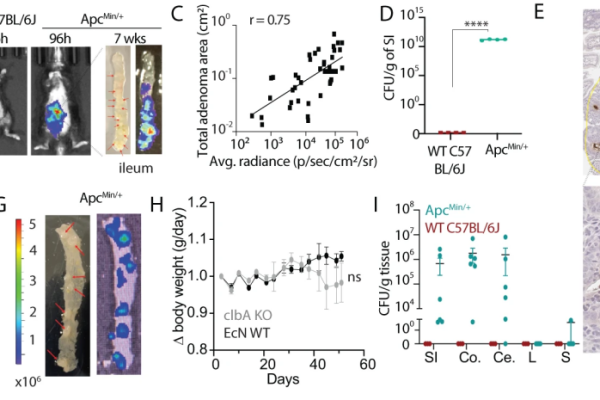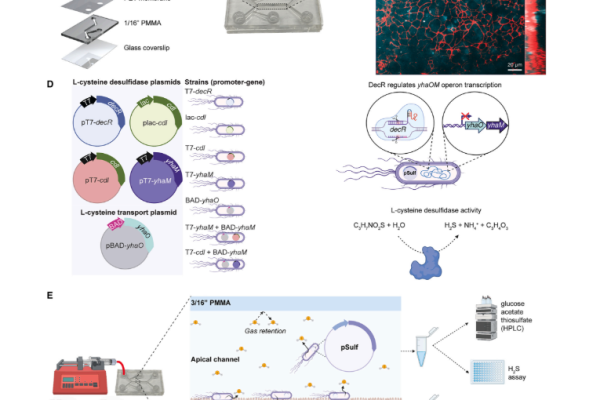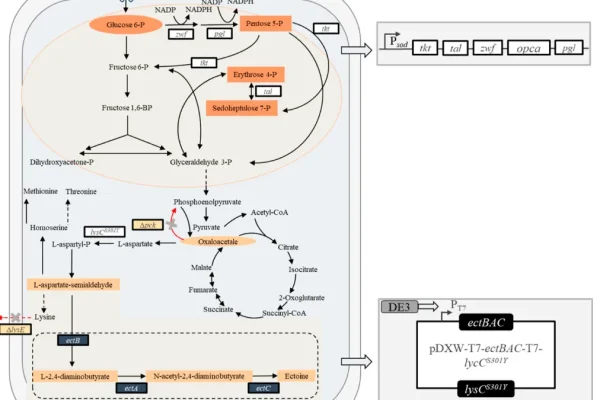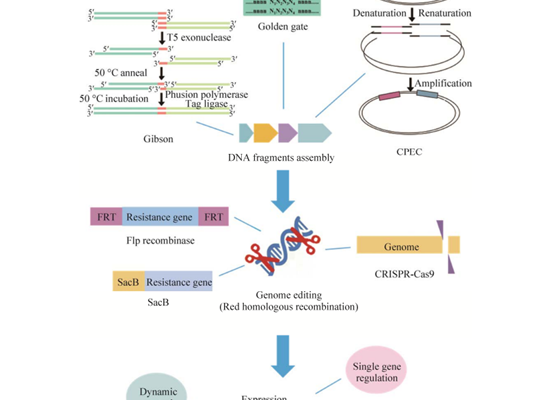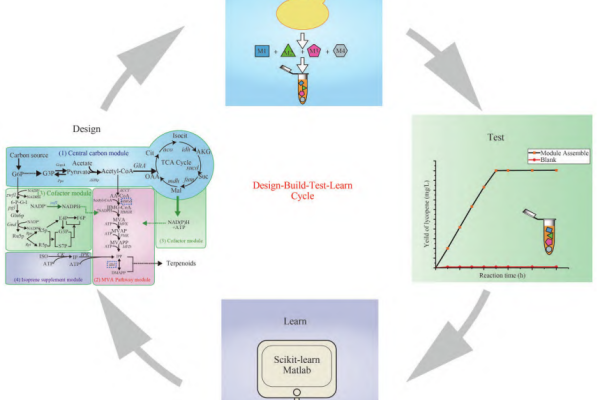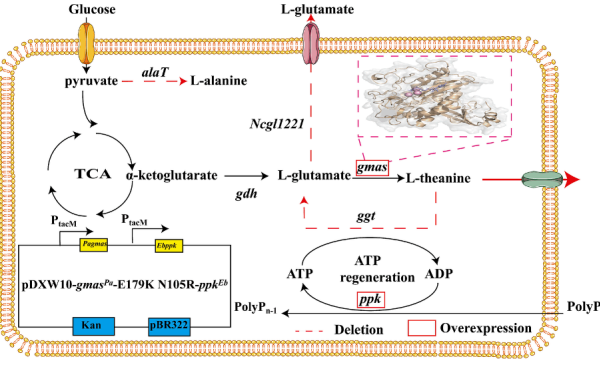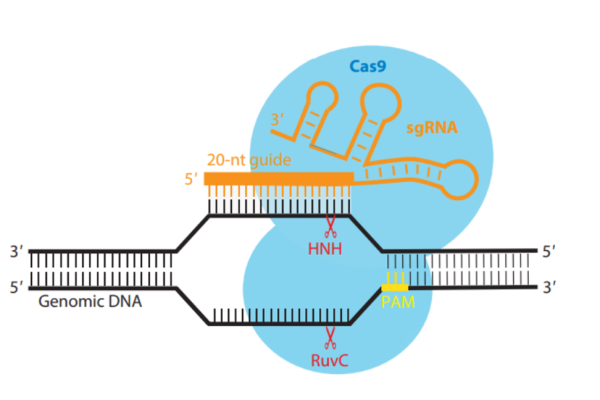
CRISPRme, an off target prediction tool that can consider the impact of genetic variation
In recent years, CRISPR gene editing technology has attracted great attention due to its enormous potential in the treatment of hereditary diseases. However, the potential off target effects that may occur during gene editing have always been an important safety concern. In addition, different populations have different genetic information, which poses great difficulties in accurately…








